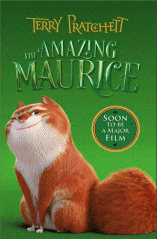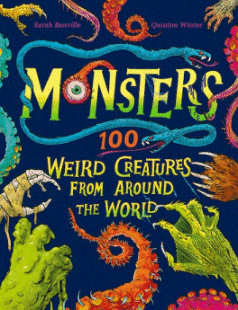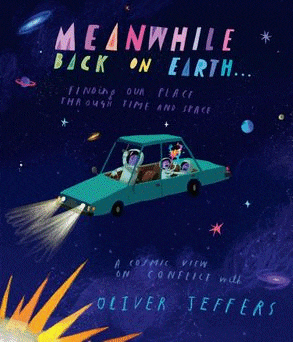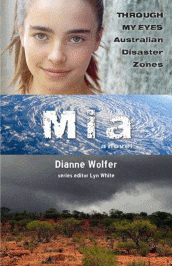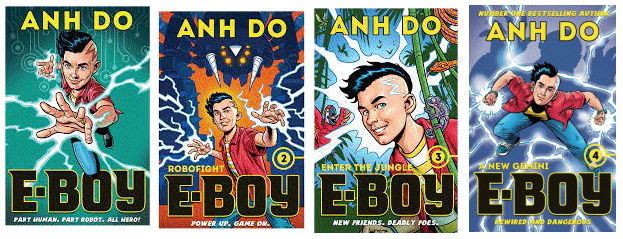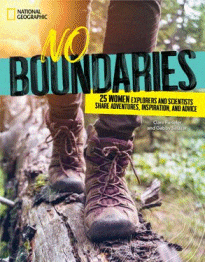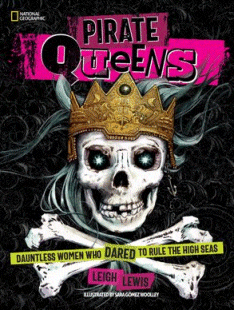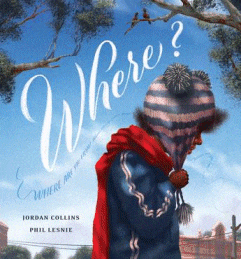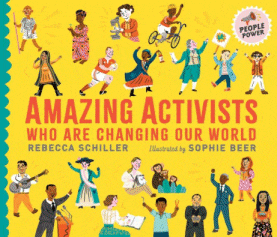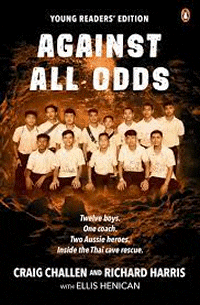
Against All Odds
Against All Odds
Craig Challen & Richard Harris
Ellis Henican
Puffin, 2022
288pp., pbk., RRP $A17.99
9780143778202
In June 2018, for seventeen days, the world watched and held its breath as the Wild Boars soccer team were trapped deep in a cave in Thailand. Marooned beyond flooded cave passages after unexpected rains, they were finally rescued, one-by-one, against almost impossible odds, by an international cave-diving team that included Australians Dr Richard ‘Harry’ Harris and Dr Craig Challen.
In this young readers’ edition, specially edited and condensed for a younger audience and including new maps and diagrams explaining the rescue, as well as photographs, a timeline and glossary, the story of the remarkable rescue is recounted by those two doctors.
And while it is a fascinating tale with their first-hand accounts filling in the gaps that could not be shown on the nightly news, and which will give added understanding to the new movie Thirteen Lives coming to Netflix, for me the key messages for our students lie in the personal introductions from both doctors…
In a year when the CBCA Book week theme is Dreaming With Eyes Open, Dr Craig says, “This is the worst thing you can do, putting limits on yourself before you have even tried for no reason other than the fear of the unknown … slowly I built knowledge and expertise until one day I realised that the limits I had previously believed in were not really there at all, I was able to do so much more and go much further than I knew… And every challenge pursued, whether successful or not, builds our capability and strength as adventurers.”
While Dr Harry declares, after being described as a unicorn because of the “rare and improbable combination of skills I brought to the rescue” that, “I came to realise that every one of us is a unicorn. Every one of us has a unique combination of skills and characteristics, and hopefully there is a custom-made place in life for all of us.”
They both believe that the boys coped in the cave because “they were country kids, They grew up in a tough environment, Several of them knew what it meant to be stateless, When you grow up doing hard things, you are ready for the challenges of life when they come.” This was a message echoed in Dr Harry’s accepted speech when he and Dr Craig were awarded joint Australians of the Year in 2019.
“I do fear for kids today who, living in a risk-averse society, will not learn to challenge themselves and to earn the grazed knee and stubbed toes that really are necessary to build resilience and confidence, …Kids do need to be kids and they need to be allowed to find their own boundaries and to test their own limits… Parents [need] to let them have a little rope to do that.”
While so many of us waited for news during those 17 days as what began as a two line news filler about a soccer team trapped in a cave in remote Thailand became a global focus and then our lives moved on; and while for those involved there were debriefs and examinations for the lessons to be learned for the future, the enduring message is that of the doctors and young readers should be inspired. A legacy indeed.
